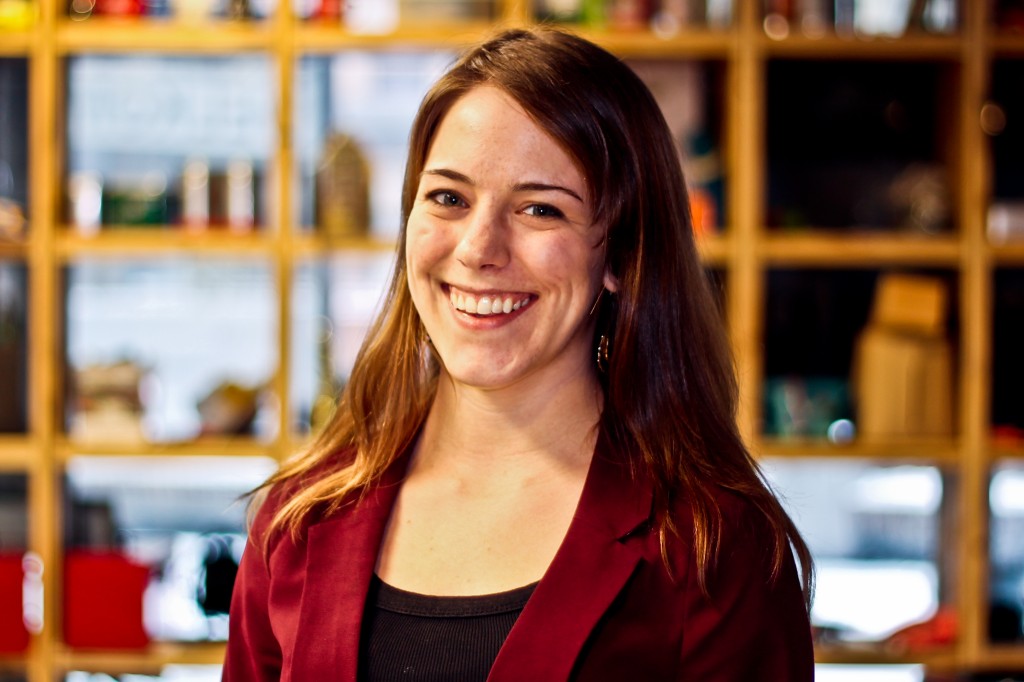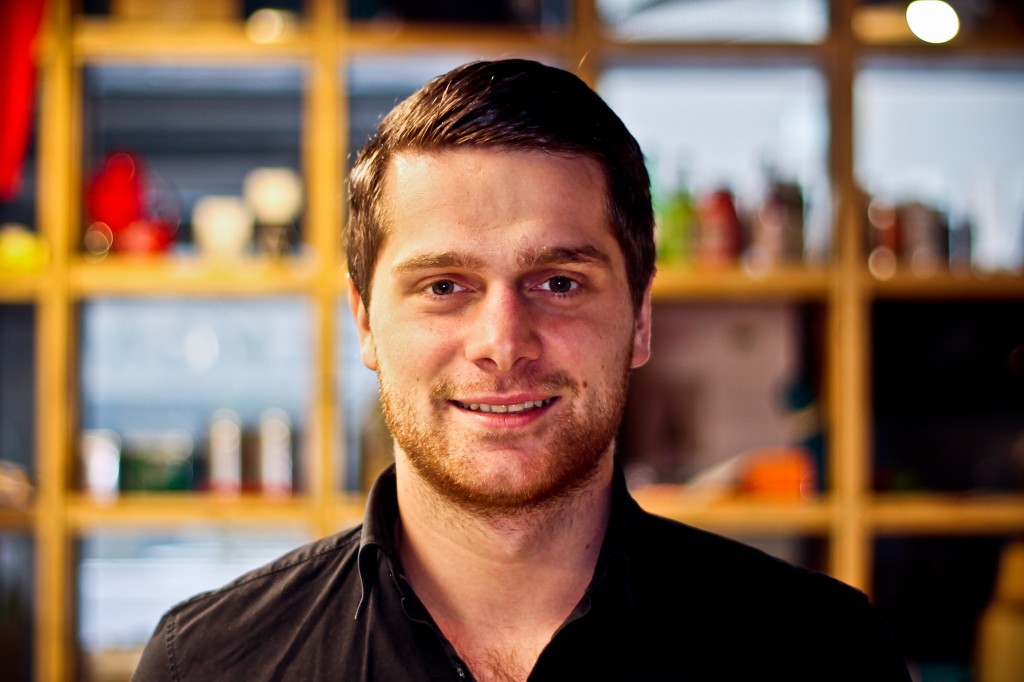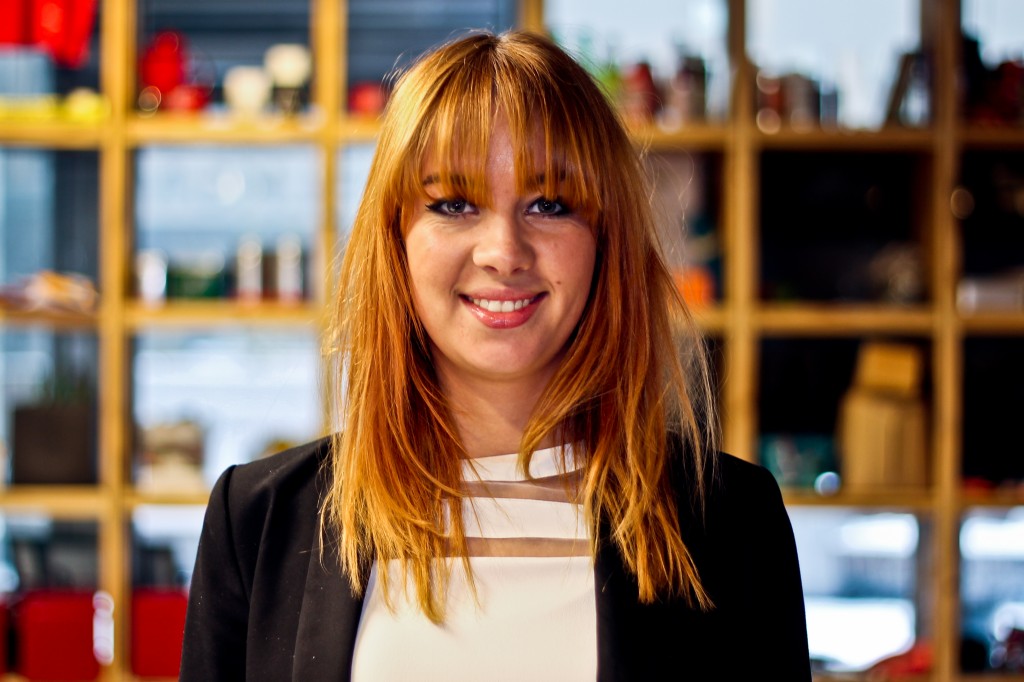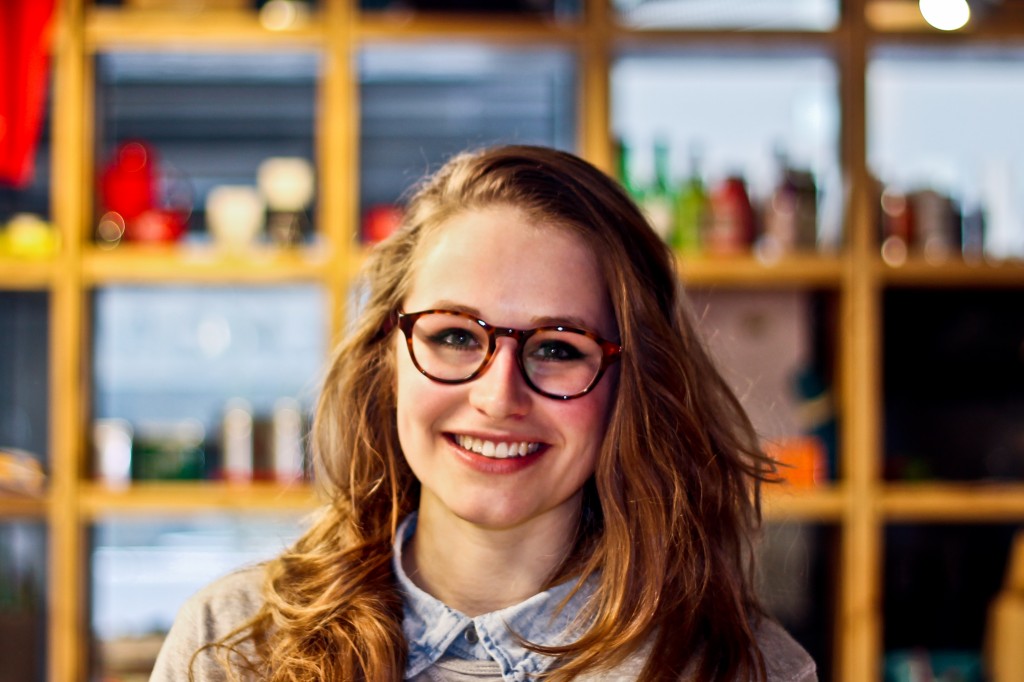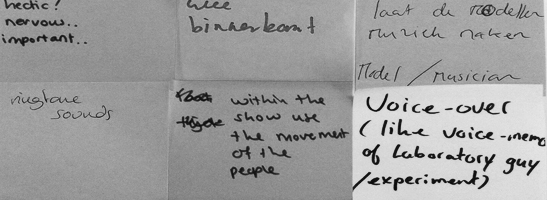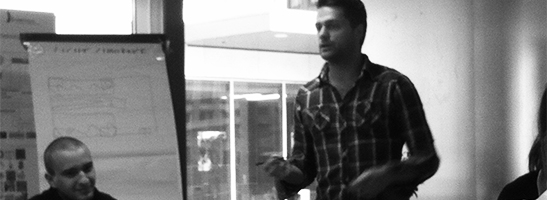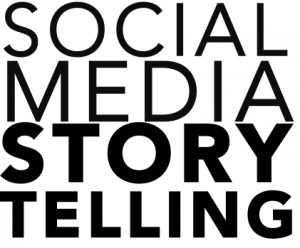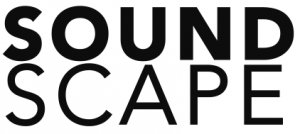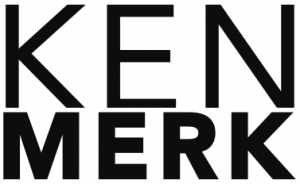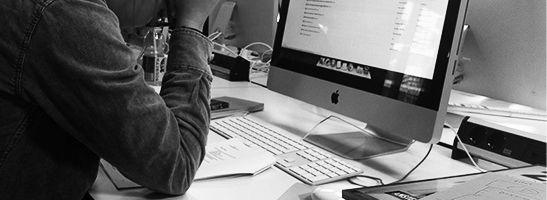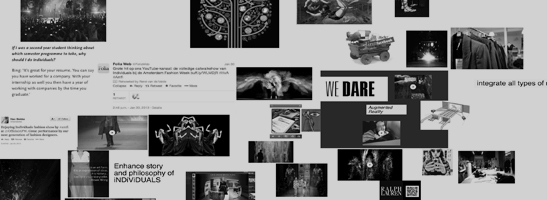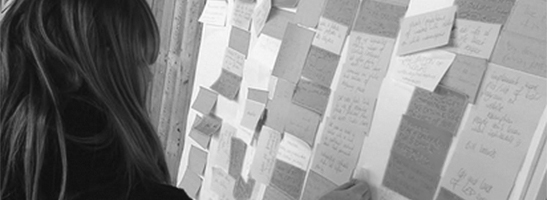W h a t _ i s _ i m m e r s i v e_ a u d i o ?
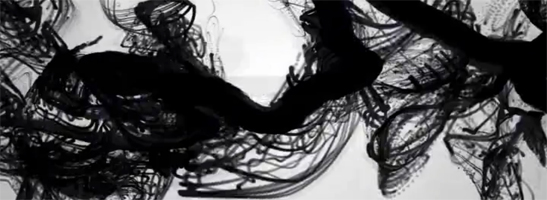
To bring our concept to life, our team hired an international team of sound designers (Soundlings) to compose a piece that will be premiered at the catwalk show. These musician-sound designers have a wide range of expertise: live performance, creative coding, making new instruments, games, noisy music, dance, installations – the list does go on. That’s really the power of the Soundlings collective – the libraries of sounds, noise and music that they’ve compiled over the years can be shared and transformed in a way that the whole is greater than the sum of the parts. Our team selected the Soundlings not only because we assumed they have a wealth of content already available – but specifically for their ability and willingness to experiment.
We were also looking for a way to deliver the sound, a system that was more than just a fancy set of speaker boxes to make the experience of the sound unique. (This was of course also due to the fact that asking the audience to wear headphones during the fashion show was simply not a possibility). The system that we chose makes possible a technique we discovered was essential to reviving the narrative of fashion culture: immersion.
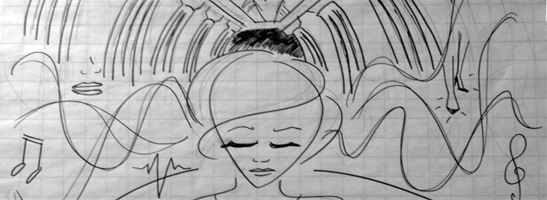
But what is immersion?
Immersion is a concept that’s often studied in games, film and virtual reality. The idea is that coupling a visual image with audio totally consumes the seer-listener and captures every bit of her attention. The effect becomes exceptionally more powerful if the experience has interactive possibilities. A number of fields of study: acoustics, electronics, as well as data exchange play a part in making immersive audio a reality. For example, to produce a 3D soundscape for a game, the sound design must respond to a player’s actions in the game; i.e. if an enemy is approaching, the game sound should signal this to the player. The experience, although it’s only a controller and a screen, must be convincing. The idea is that if the sound is designed to “scary”, the player is mentally and physically experiencing fear.
This project represents the intersection of new media principles and the principles of sound design. Audio immersion is a means of narrative storytelling – and now it’s being brought to a Dutch fashion show for the first time. Keep checking back here as we get closer to the show – we’ll be able to share in full detail what we’ve been developing since February.



